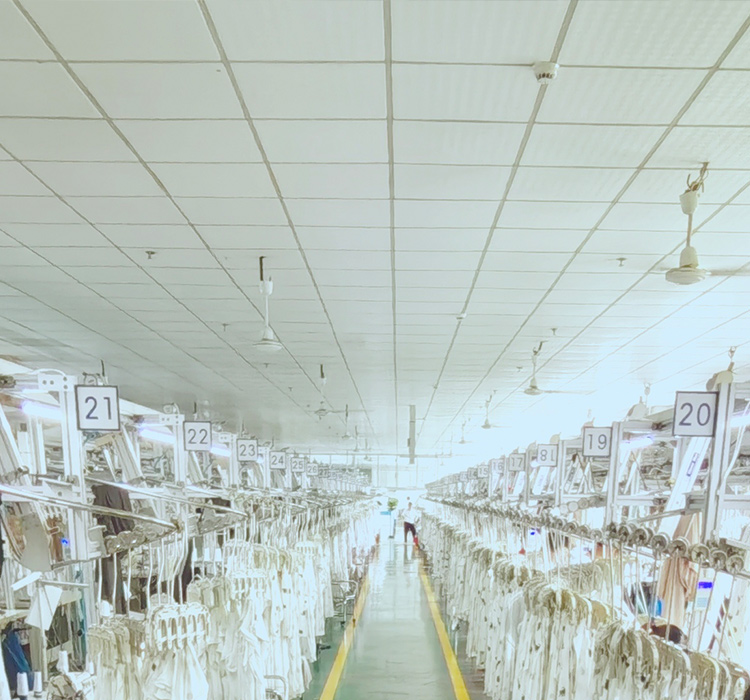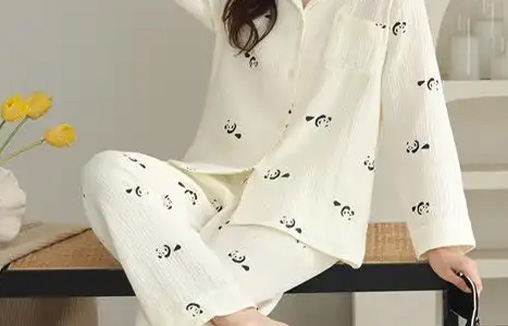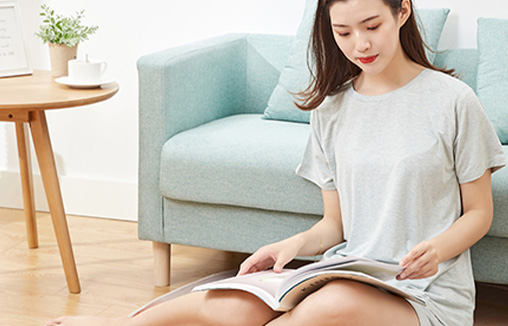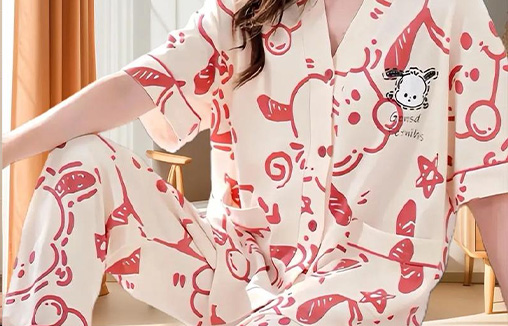

Service Hotline
18626348288Time:2025-08-16Visitor:88
With the improvement of quality of life, home clothes are not only functional clothing worn at home, but also an important reflection of comfort experience and personal style. Therefore, consumers have gradually raised their material requirements for home clothing, and have put forward higher standards for the comfort, durability, and tactile sensation of fabrics.
1. Comfort becomes the primary consideration
Modern home life emphasizes relaxation and comfort, and consumers pay more attention to the softness, breathability, and skin friendliness of fabrics when choosing home clothes. High quality fabrics such as cotton, silk, and Tencel are favored for their comfortable experience and excellent moisture wicking ability, making home time more comfortable.
2. Improvement in durability and practicality requirements
In addition to comfort, the durability of home clothing has also become a focus of attention. Consumers hope that home clothes can maintain their shape and color after multiple washes, while the fabric is not easily pilling or deforming. This prompts brands to pay more attention to quality in fabric selection and process design to meet long-term usage needs.
3. Diversified functional requirements
With the diversification of lifestyles, consumers have higher requirements for the functionality of home clothing. For example, lightweight and warm materials suitable for all seasons, fabrics that combine elasticity and comfort, and wrinkle resistant materials that are easy to maintain have become the selection criteria. The functionality of materials directly affects the wearing experience and convenience of life.
4. Increased attention to health and skin friendliness
The improvement of health awareness has made consumers pay more attention to the skin friendliness of materials. Natural fibers or soft blended fabrics are more popular due to their skin friendliness, while reducing the risk of irritation and allergies. This demand drives home clothing brands to continuously optimize their fabric research and development.
5. Personalization and improvement of aesthetic experience
Consumers' requirements for materials are not only functional, but also involve aesthetic experience. The material characteristics such as luster, feel, and drape can enhance the overall texture and visual effect of home clothing, allowing for a balance between comfort and aesthetics.
summarize
The increasing demand for home clothing materials by consumers is the result of a comprehensive combination of quality of life, health awareness, functional needs, and aesthetic pursuits. Home clothing brands need to continuously optimize their fabric selection, process design, and functional innovation in order to meet diverse needs and provide consumers with a comfortable, durable, and aesthetically pleasing home experience.

+
Home wear is not only a choice for home life, but also a combination of comfort and aesthetics. In recent years, more and more consumers hav···

+
The development process of home clothing is not only a microcosm of changes in lifestyle, but also reflects people's pursuit of comfort ···

+
As an important daily wear item, home wear is significantly influenced by seasonal changes in its market demand. There are significant diffe···

+
1. Enhance brand appealCross border collaboration can inject freshness into home clothing brands. By collaborating with renowned artists, tr···